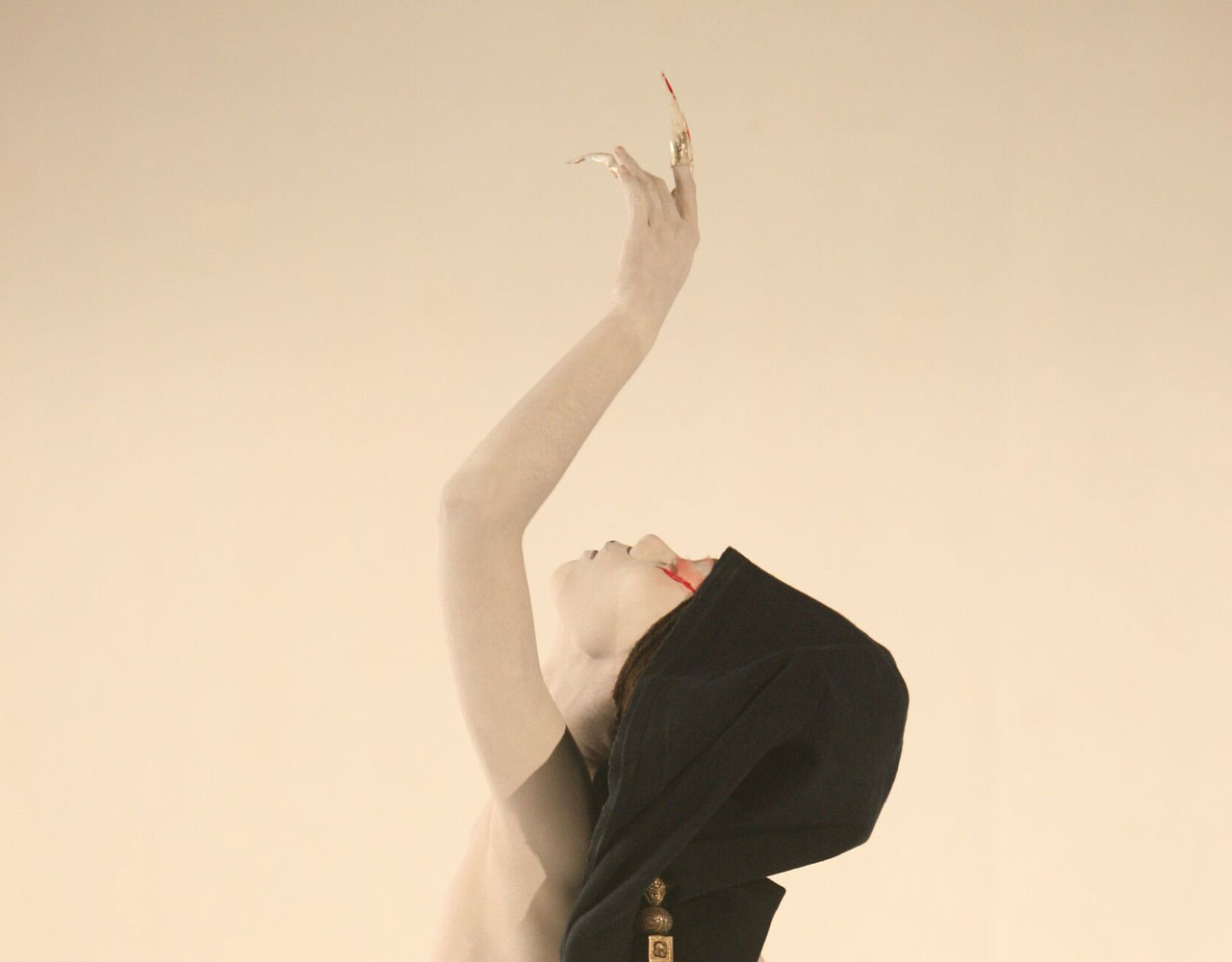In a stunning display of emotion, creativity, and culture, Legend Lin Dance Theatre brought the spirit of Taiwan to the National Arts Centre (NAC) on Jan. 20, with their new production, The Eternal Tides. Lin Lee-Chen, artistic director and choreographer, created this production with the intention to convey humanity’s place within nature. Using traditional Taiwanese myths, legends, and religious rituals, the performance centered on ocean tides, and how their constant motion parallels the human experience. Despite the heavy symbolism, the rhythmic sounds of two drums and the slow movements of the dancers captivated and moved the audience.
The dancing was unique and unlike anything I had ever seen. There was not a huge variety of different movements, rather there was a significant amount of repetition–, slow walking, short bursts of running, and spinning. The dancers’ methodical walks and movements kept the audience somewhat in a trance and unable to look away. Even though the movements were simple, there was a raw earthiness that was truly beautiful. Every movement was calculated and performed flawlessly. There was purpose to each step, and it was evident that the dancers put their all into it, no matter how small the movement was. Whether it was walking with a candle across the stage, or fanning fellow dancers on stage with tree boughs, there was a concentrated energy and tension that refused to be ignored. The movements of Eternal Tides were expressive, heartbreaking, and captivated every audience member by being simple in nature, yet powerful in meaning.
The only criticism that can be made about the performance was how slow and unrushed everything was throughout the performance. Although metaphorical connections can be made between life and the slowness of time, some scenes resulted in too much repetition that tended to be tedious. There were some points when the audience was losing interest, which was understandable since one can only watch so much slow walking. However, when the movements became too monotonous, there was always a dramatic scene change. This was initiated by a sudden change in lighting, music, and costume, so the audience would be automatically drawn in again. These sudden changes created a certain aura of mystery, because the audience had to figure out for themselves what that new scene meant and how it contributed to the overall meaning.
Since this performance was heavily based on Taiwanese Indigenous cultures and beliefs, it was challenging for audience members to fully grasp the significance of the movements, outfits, and props. Also, there was not a concise synopsis that detailed a story or plot line to the dances in the program. Yet, the performance created inherent audience participation, because everyone had to interpret it for themselves. This is where the true beauty of the performance lay, within the knowledge that everyone in the audience was experiencing the dance differently. Since the performance was indeterminate, it gave room for everyone to interpret it in their own way based on their individual perspectives on life and humanity’s place in nature. We all saw the same dance, yet we were all affected differently by it. Its mystery brought the audience together, and we were able to use this extraordinary dance ensemble as a vehicle to individually reflect on life and our place within it.
Photo provided






